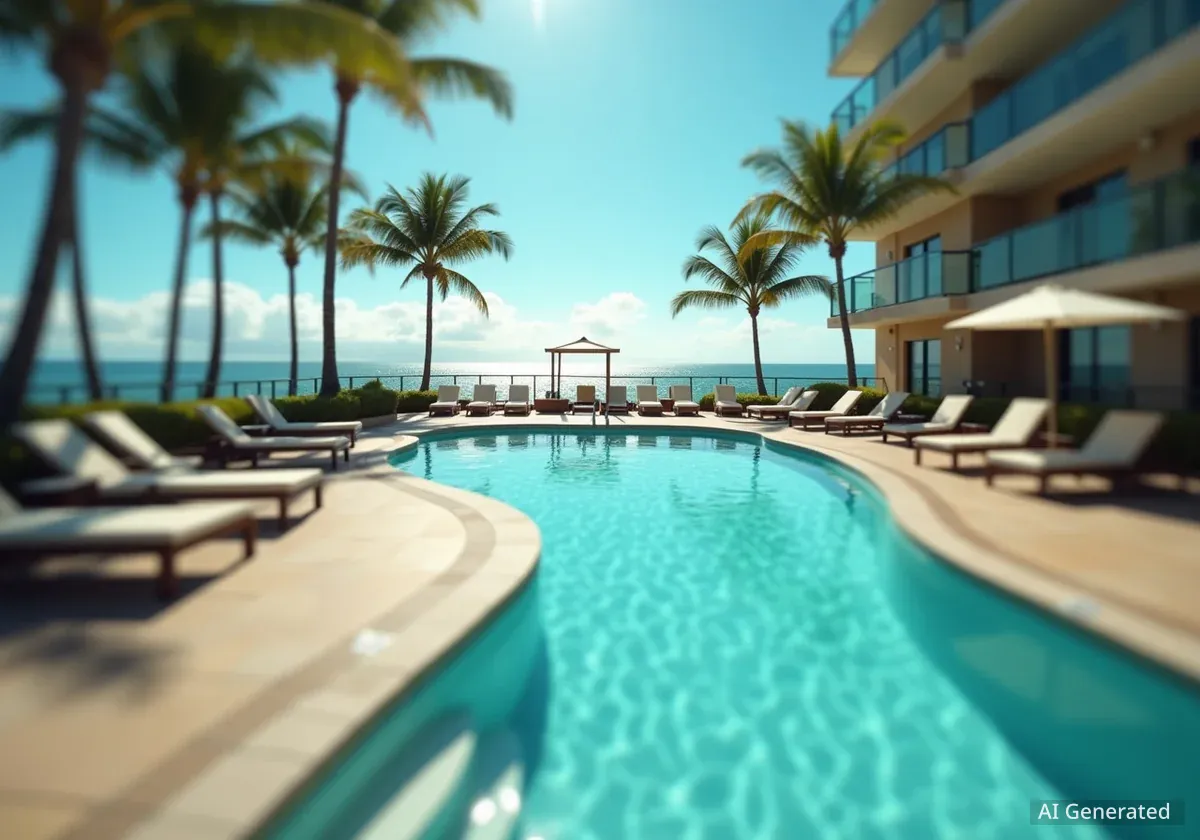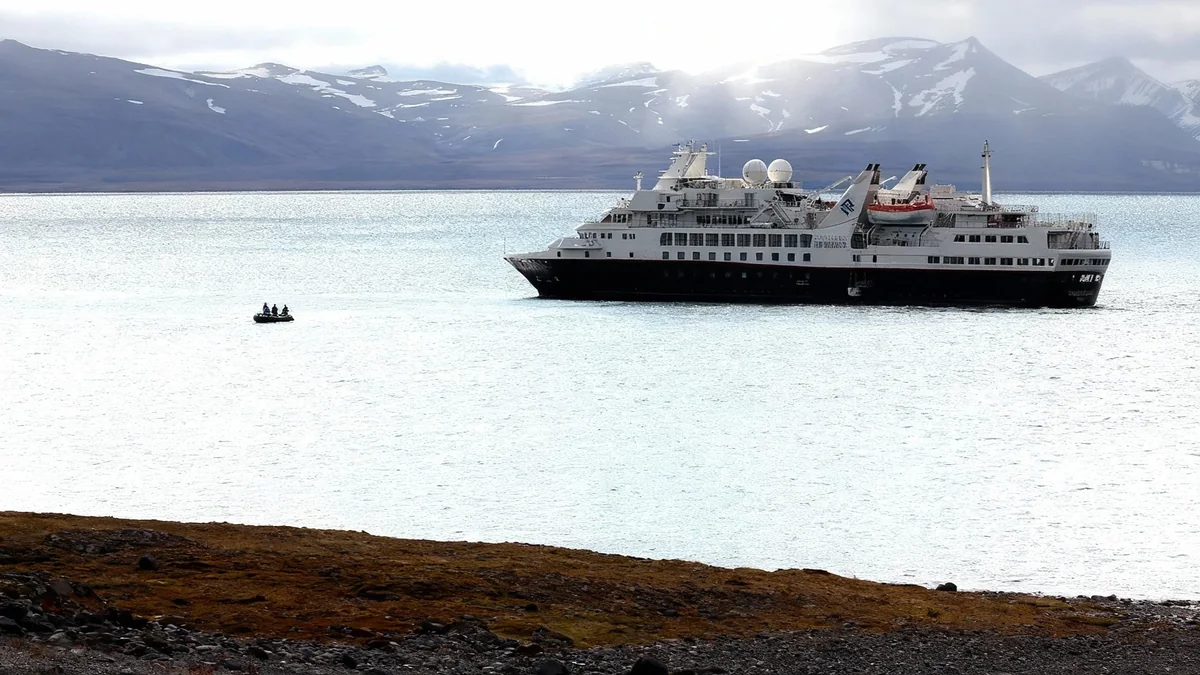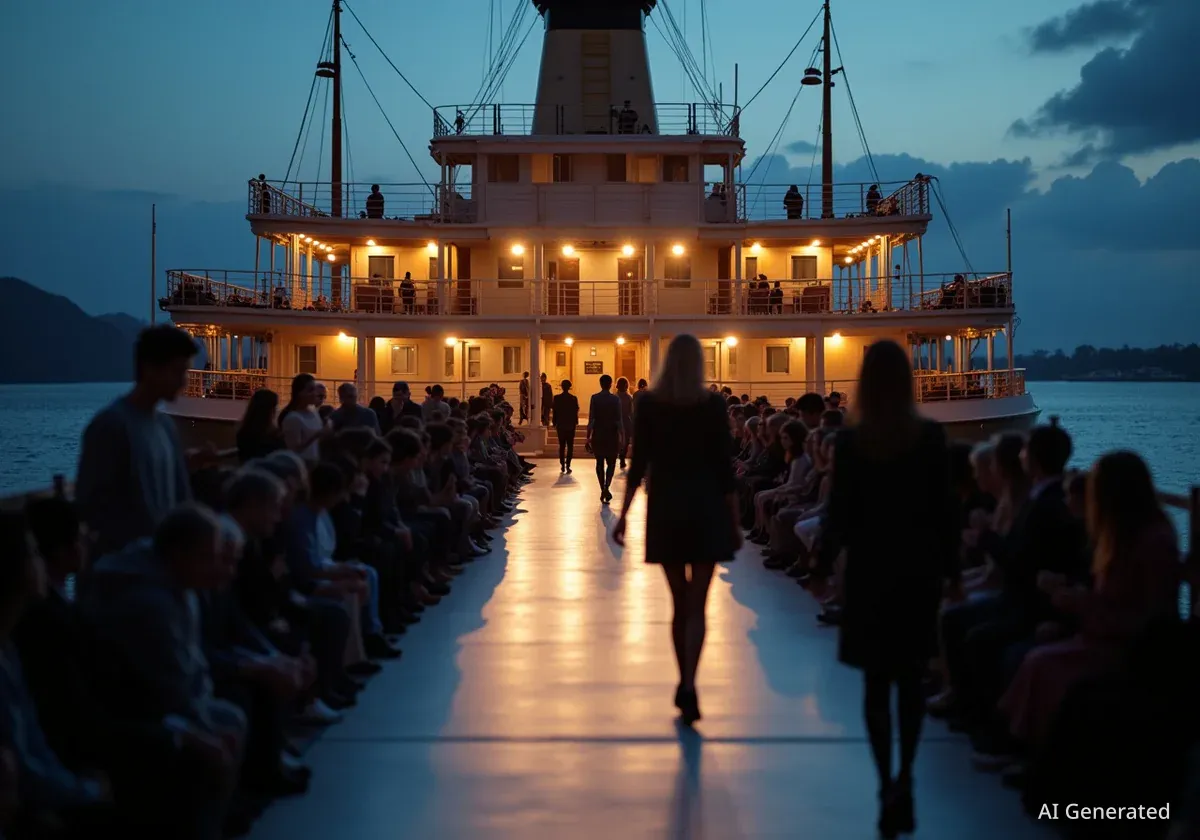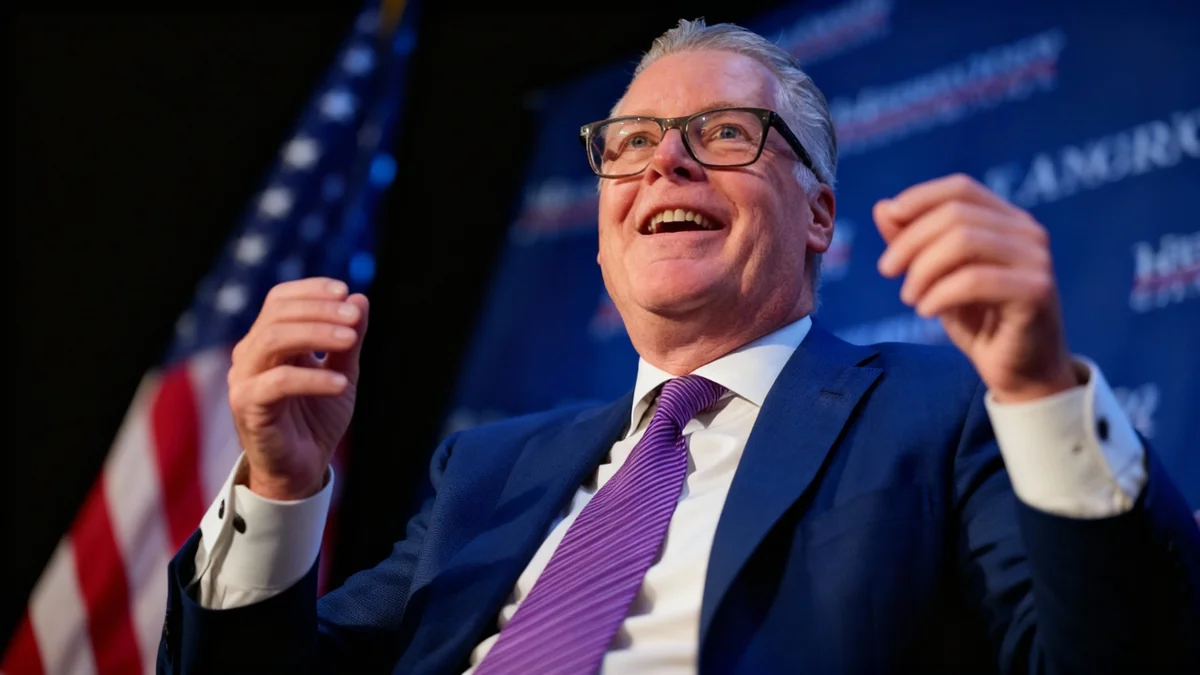Hawaii's tourism sector saw a decline in visitor arrivals during September, with a 2.5% drop compared to the previous year, bringing the total to 690,858 visitors. Despite this decrease, daily spending by visitors increased significantly by 11.3% to $270 per person, pushing overall visitor expenditures to $1.54 billion, an 8.1% rise year-over-year. However, industry leaders express concerns that rising operational costs and limited marketing budgets are dampening the state's competitive edge.
Key Takeaways
- Visitor arrivals to Hawaii fell by 2.5% in September 2025.
- Average daily visitor spending increased by 11.3% to $270.
- Total visitor expenditures rose by 8.1% to $1.54 billion.
- Operational costs for hotels and businesses continue to climb, outpacing revenue gains.
- Hawaii's tourism marketing budget is significantly lower than competing destinations.
- Bookings for the fourth quarter and early 2026 show declines for several hotels.
Visitor Numbers Dip, Spending Holds Strong
September's data reveals a mixed picture for Hawaii's vital tourism industry. While fewer people visited the islands, those who did spent more money each day. The total number of visitors arriving by air was 674,860, a 2.2% decrease from last year. Cruise ship arrivals also saw a notable drop of 14.5%, with only 15,998 visitors.
For the first nine months of 2025, Hawaii welcomed 7.29 million visitors, a slight 0.4% increase over the same period last year. Total spending for this period reached $16.17 billion in nominal dollars, marking a 4.9% increase. This suggests that while visitor volume has largely stabilized year-to-date, the recent monthly dip in September is a point of concern for stakeholders.
Quick Fact
Year-to-date, Hawaii has seen 7.29 million visitors, a modest 0.4% increase compared to the previous year, with total spending reaching $16.17 billion.
Rising Costs Challenge Hotel Profitability
Despite the increase in visitor spending, the hospitality sector faces significant financial pressures. Jerry Gibson, president of the Hawaii Hotel Alliance, highlighted the impact of escalating operational expenses.
"September wasn't a great month for arrivals or even spending, given that operational costs have continued to rise," Gibson stated. "We have huge labor costs, and costs have risen for materials and goods as well as food and beverage products. Shipping costs are really rising."
Gibson added that average daily rates for hotel rooms are not keeping pace with these increased costs, leading to stagnant profitability for many businesses in the sector. This creates a challenging environment for hotels looking to recover from past economic shifts.
Domestic Markets Show Mixed Results
Data from the state Department of Business, Economic Development and Tourism (DBEDT) indicates varied performance across key domestic markets. The U.S. West, which is Hawaii's largest source of visitors, saw arrivals fall by 4.7% to 342,608. However, spending from this market surged by 14.7% to $737.5 million, with daily spending up 19.8% to $265 per person.
The U.S. East market, by contrast, grew by 2% to 163,579 visitors. Their spending increased by 8.8% to $434.9 million, with daily expenditures rising 12.7% to nearly $302 per person. Canada, Hawaii’s second-largest international market, experienced a 2.3% drop in arrivals and a 1.5% decrease in spending.
National Travel Trends
Nationally, travel activity dipped slightly from August but remained above levels seen a year ago. Chris Kam, president and chief operating officer of Omnitrak TravelTrak America, observed that Americans are still traveling at higher rates, signaling a resilient baseline for domestic demand. However, he noted that flat TSA checkpoint numbers suggest travelers are becoming more price-conscious, often opting for driving over flying, which is a less favorable trend for Hawaii due to its reliance on air travel.
Japan Market Rebounds, Other International Markets Decline
A positive development emerged from Japan, a crucial international market for Hawaii. September saw an 8.6% increase in arrivals from Japan, totaling 72,214 visitors. Spending from Japanese tourists also climbed by 11.6% to $107.7 million, with daily spending up 2.7% to over $241 per person.
DBEDT Director James Kunane Tokioka acknowledged this recovery, referencing a recent trip with Governor Josh Green aimed at strengthening tourism and business ties with Japan. However, other international markets collectively saw an 8.1% decline in visitors.
Marketing Budget Shortfall and Competition
A significant challenge for Hawaii's tourism industry is its marketing budget. Keith Vieira, principal of KV & Associates, Hospitality Consulting, stated that Hawaii’s $63 million tourism budget is not enough to compete effectively on a global scale.
- Las Vegas: Approved a $460 million budget for fiscal year 2026, with $168 million dedicated to marketing and sales.
- Visit California: Allocated $180 million for marketing in fiscal year 2023-2024.
- Visit Florida: State funding rose to $86 million for the current fiscal year.
- Thailand: Has a robust budget of $139 million for 2026.
- Cancun/Riviera Maya: Plans to increase its tourism budget to $12 million in 2026, a 107% jump from 2025.
The stark contrast in marketing expenditures highlights Hawaii's disadvantage in attracting visitors in a competitive global market. Tokioka emphasized the need for Hawaii to continue marketing globally, acknowledging the intense competition from other destinations.
Outlook for Late 2025 and Early 2026
The combination of weak marketing and softening demand is already impacting future bookings. Vieira reported that several hotels are seeing bookings down by 10% to 20% for the fourth quarter of 2025 and early 2026. Industry leaders also point to broader economic uncertainties, including a federal shutdown and a fluctuating economy, as factors exacerbating market conditions.
Jerry Gibson noted slight improvements in October but described them as "not robust at all." November bookings are flat, and while December arrivals for the JAL Honolulu Marathon appear strong, the broader festive season is lagging. "We don't have strong momentum headed into the first quarter," Gibson concluded.
Call for Increased Marketing Funds
The Hawaii Visitors and Convention Bureau (HVCB) is actively seeking additional funding from the Hawai‘i Tourism Authority (HTA). HVCB has requested that the HTA advisory board reconsider its original $10 million request for a statewide recovery campaign. Last year, this request was cut by $4 million and redirected solely to Maui.
Aaron J. Sala, HVCB president and CEO, cited the success of the $6 million Maui Emergency Marketing Campaign, which began in July and ends in December. Given the current statewide market challenges, Sala has asked HTA to allocate the previously withheld $4 million to "infuse immediate energy and to realize direct conversion to support the entire state." He stressed that a robust campaign with incremental funds is "critically important to the economy of this state," especially in light of 2026 trends.





